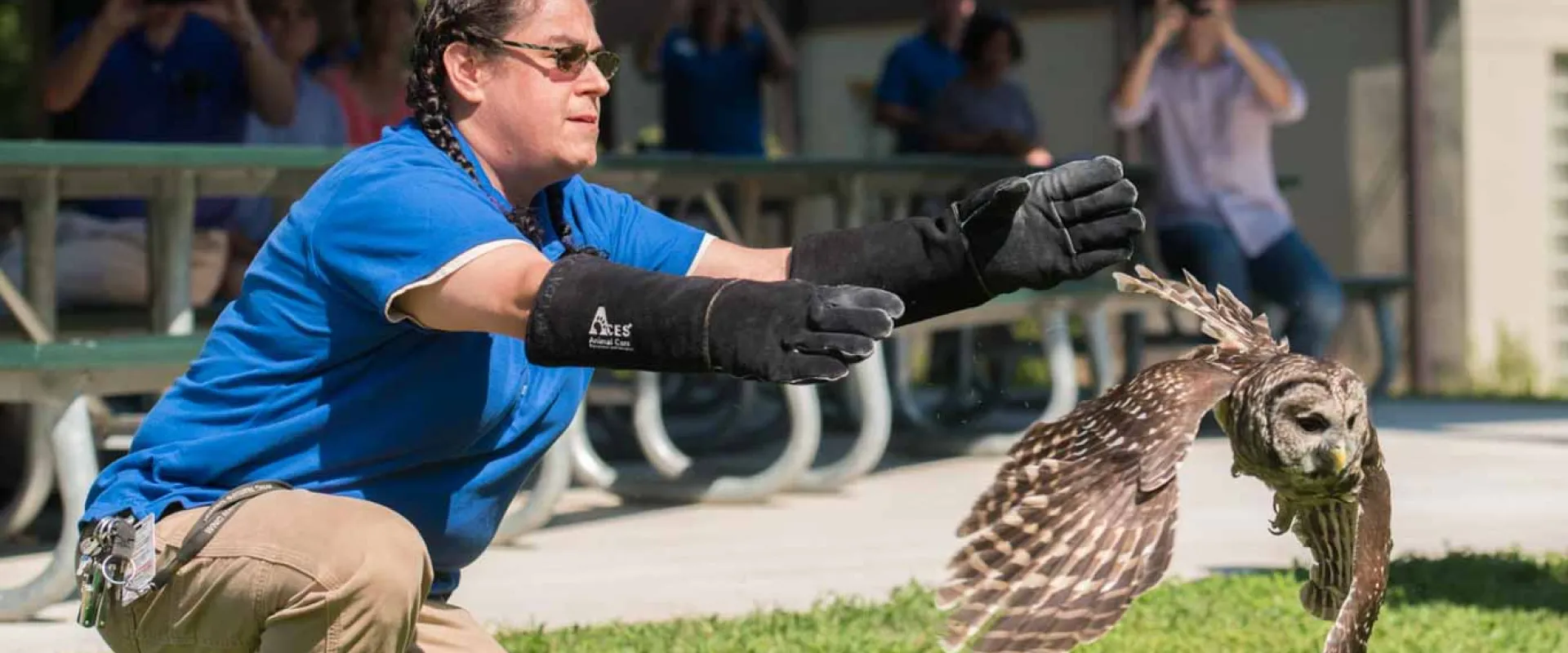Efficient Strategies for Animal Control Burlington: Keeping Your Residential Or Commercial Property Safe
Efficient Strategies for Animal Control Burlington: Keeping Your Residential Or Commercial Property Safe
Blog Article
The Duty of Humane Wildlife Removal in Protecting Citizen Ecosystems
Humane wildlife elimination is not just an honest consideration yet an essential part in securing neighborhood environments. By prioritizing non-lethal techniques, it addresses the fragile equilibrium in between human development and wild animals habitat preservation. This approach not only reduces conflicts yet also guarantees the sustainability of biodiversity. Yet, the effectiveness of these techniques warrants better examination, specifically in urban setups where human-wildlife communications are progressively complicated. As we consider the implications of our techniques and their effect on environmental consistency, one have to question just how these techniques can be enhanced to promote a much more symbiotic connection with nature.
Comprehending Human-Wildlife Disputes
Human-wildlife conflicts commonly occur when the natural environments of animals intersect with human tasks, leading to competition for sources and space. As urbanization and agricultural growth remain to trespass upon wildlife regions, animals such as raccoons, deer, and prairie wolves discover themselves in closer closeness to human populaces. This closeness can lead to detrimental impacts on both wild animals and humans, as animals may create damage to crops, facilities, and personal building while people might accidentally hurt wildlife through habitat destruction and various other anthropogenic stress.
The complexity of these disputes comes from a variety of aspects. Modifications in land usage, climate change, and the fragmentation of ecosystems typically force wildlife to adapt to new settings, often leading them right into property or industrial locations. In addition, the schedule of human-generated food resources, such as waste and family pet food, can attract wild animals to human settlements, intensifying interactions and potential problems.
Attending to human-wildlife disputes calls for a nuanced understanding of animal actions, ecological characteristics, and socio-economic factors to consider. By researching these guardians, policymakers and interactions can develop strategies that aim to minimize problems while protecting biodiversity and maintaining environmental balance. The objective is to foster coexistence and minimize adverse impacts on both human neighborhoods and wild animals populaces.
Importance of Non-Lethal Techniques
Minimizing human-wildlife problems necessitates approaches that focus on the health of both people and animals. Non-lethal techniques of wild animals removal personify this values by offering remedies that avoid harm to wildlife while addressing human concerns. These methods consist of exemption strategies, environment adjustment, and the use of deterrents to prevent wild animals from going into human settings (animal control Burlington). By utilizing such approaches, we can manage wild animals communications without turning to dangerous actions, therefore preserving animal populaces and reducing ethical problems related to killing.
Non-lethal approaches are important in maintaining eco-friendly equilibrium. They guarantee that types remain to accomplish their duties within environments, such as regulating bug populaces or cross-pollinating plants. These techniques usually confirm extra reliable in the lengthy term, as removing private pets can create a gap that is swiftly loaded by various other participants of the varieties or various species entirely. This can cause a cycle of ongoing elimination efforts, whereas non-lethal deterrents attend to the origin triggers of wildlife existence.
Additionally, non-lethal strategies foster coexistence by educating the public regarding wild animals behavior and motivating unified living methods. This recognition can lead to read the full info here a lot more sustainable human-wildlife interactions, inevitably guarding both neighborhood interests and animal welfare.
Advantages for Biodiversity
When non-lethal wild animals elimination methods are employed, they contribute dramatically to biodiversity conservation. By ensuring the secure moving of pets instead than their eradication, these approaches preserve environmental equilibrium and safeguard the honesty of ecosystems. Humane approaches minimize disruptions to neighborhood fauna, allowing native species to prosper. This preservation is critical as each varieties plays a special role, usually as pollinators, killers, or prey, which collectively sustain environment capability.

Furthermore, these methods foster coexistence between humans and wild animals, lowering negative communications and maintaining the rich tapestry of life that identifies biodiverse areas. This method encourages a much deeper understanding and regard for wildlife, cultivating community support for preservation initiatives. Inevitably, gentle wildlife removal is an important part in guarding biodiversity, guaranteeing environments continue to be useful and vibrant for future generations.
Strategies for Efficient Removal
Carrying out effective approaches for humane wildlife elimination requires a detailed understanding of pet actions and environment needs. This understanding serves as the foundation for creating methods that make certain the moral and risk-free moving of wildlife.
One more important technique is employing exemption techniques, which concentrate on sealing entry points to stop pets from More hints going back to structures. This technique not only attends to the immediate concern yet also acts as a long-term option, minimizing future conflicts between humans and wild animals. The usage of non-toxic deterrents and repellents can encourage pets to leave areas willingly, matching other removal efforts.
Capture and relocation should constantly be a last hotel, employed just when pets pose a direct threat or are incapable to leave by themselves. In such situations, using gentle catches and making certain the release of animals in ideal environments are important to safeguarding their well-being. Collaboration with wild read this animals specialists and adherence to legal regulations even more enhance the efficiency of these methods.

Promoting Conjunction in Urban Areas
Promoting conjunction in urban locations calls for a diverse technique that balances human development with the requirements of neighborhood wildlife. Urban coordinators and policymakers must integrate environment-friendly spaces, such as parks and wild animals passages, into city layouts to supply environments for native types. wildlife removal Burlington.
Education and learning and awareness projects are crucial in fostering a society of conjunction. Homeowners require to comprehend the significance of wild animals and the duty they play in local ecological communities. Workshops and educational sessions can furnish areas with understanding on how to decrease problems, such as safeguarding trash and using gentle deterrents to avoid wildlife intrusion.
Moreover, modern technology can play a substantial role in advertising coexistence. The usage of wildlife surveillance systems, for example, can help track animal movements and educate city planning decisions. Collaborations in between ecological organizations, regional federal governments, and neighborhood groups can even more strengthen these efforts, making sure that urban advancement progresses sustainably while appreciating the eco-friendly balance.
Conclusion
Humane wild animals elimination is vital for maintaining eco-friendly equilibrium and biodiversity by using non-lethal techniques that lower harm to animal populaces. Ultimately, promoting coexistence in urban areas cultivates a harmonious partnership in between people and the all-natural setting, making sure lasting communities for future generations.
As urbanization and agricultural growth continue to encroach upon wild animals areas, animals such as raccoons, prairie wolves, and deer discover themselves in closer distance to human populaces. Non-lethal approaches of wild animals elimination personify this values by offering options that stop injury to wild animals while addressing human worries. By using such approaches, we can manage wild animals interactions without resorting to deadly procedures, thus preserving animal populations and decreasing ethical issues connected with murder.
Implementing effective strategies for gentle wildlife elimination requires a comprehensive understanding of pet habits and environment demands.Humane wildlife removal is essential for preserving environmental balance and biodiversity by employing non-lethal techniques that lower damage to animal populations.
Report this page